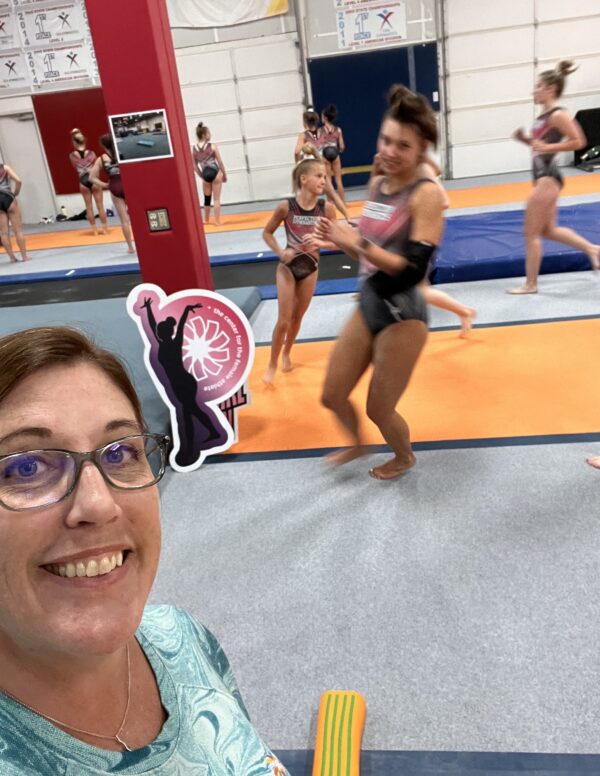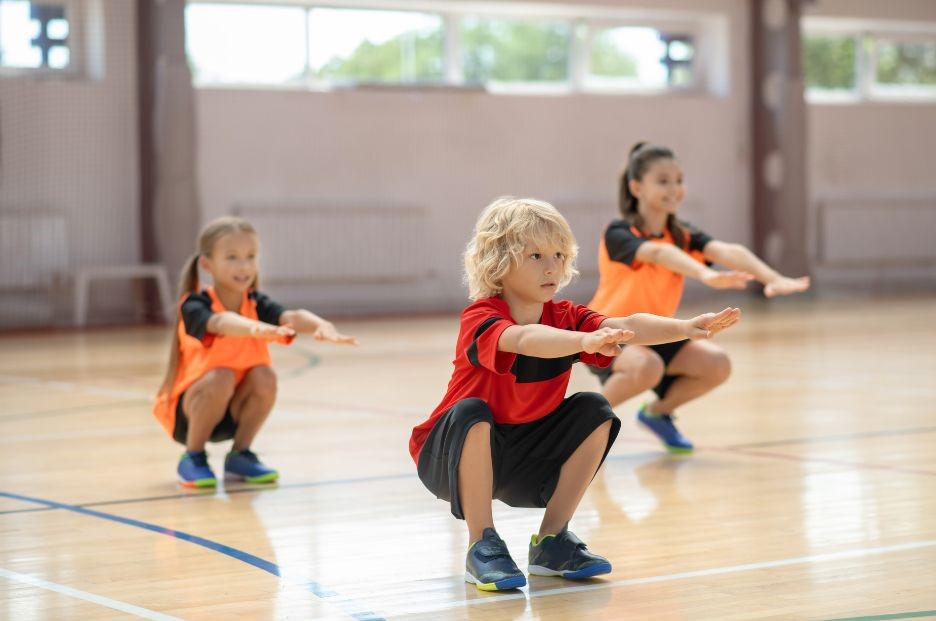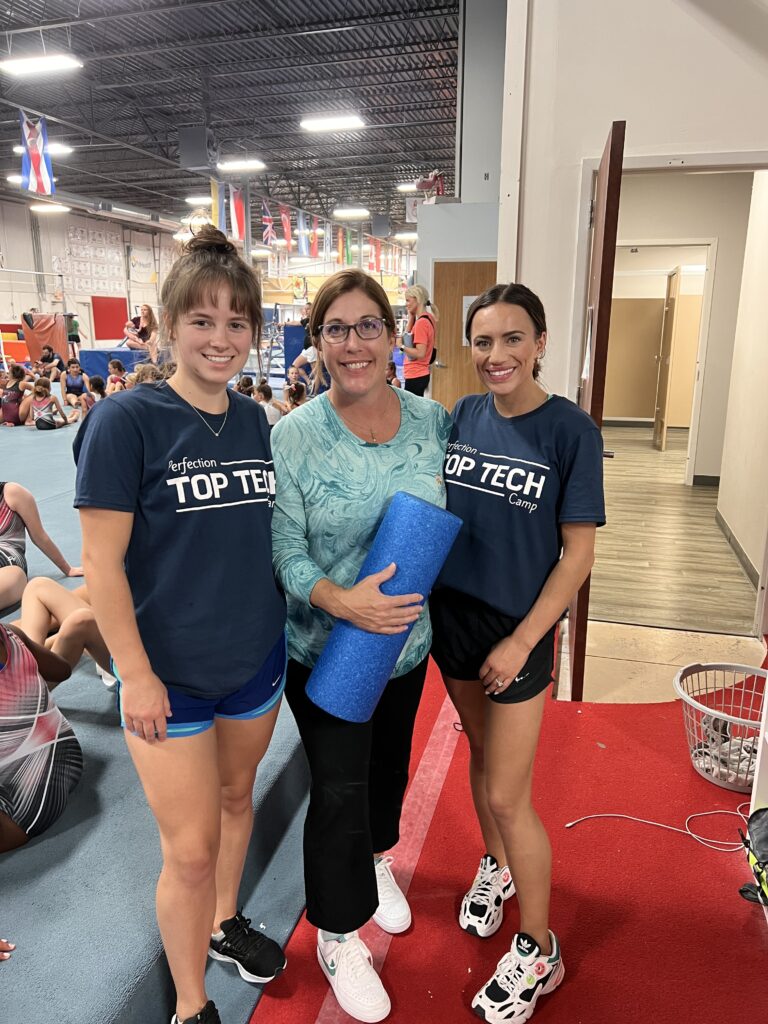
Athletic Trainer Jamie Broz on why early attention to the ACL is critical in gymnastics.
ACL tears are often thought of in the preparation for a competition season and circle around the chalk tray discussions in many of our gyms today. It is the most common injury in athletes ages 15 – 40 years old. The question often most asked is what can be done to prevent ACL tears by coaches and gymnasts alike.
Research shows that when athletes are retrained in how they cut, jump, and perform other sports maneuvers, their risk of tearing the ACL goes down. Injury prevention programs are unique and unlike sports acceleration programs, they focus on correcting the mechanics which puts athletes at high risk for ACL tears.

Research shows that when athletes are retrained in how they cut, jump, and perform other sports maneuvers, their risk of tearing the ACL decreases.
Who can benefit from ACL injury prevention programs?
Overall gymnastics is a planned and predictable sport, and gymnasts have opportunities to prevent an acute injury better than those who do not complete an injury prevention program. Without adequate strength, ankle stability, or proper jumping mechanics, knee injuries such as an ACL tear can occur in gymnastics.
Prevention can be done by incorporating a comprehensive approach to mechanics and development:
- Improve strength and jumping form
- Improve balance and stability
- Strengthen core and hip muscles
- Perform a proper warm up and cool down for both practices and competitions

Gymnasts have a great opportunity to engage in ACL injury prevention programs
When should you seek treatment if a gymnast suffers an ACL tear?
Young athletes who suffer an anterior cruciate ligament (ACL) tear risk further injury unless they seek proper treatment, according to a recent study from UH Rainbow Babies & Children Hospital and two collaborating institutions.
An evaluation of 546 cases of ACL tears, and whether each patient developed a medial meniscus tear after the initial ACL injury, concluded that the longer the young athlete continues to train on the compromised knee, the higher the risk of further injury. A few weeks of rehabilitation is not uncommon, and often benefits the athlete with their surgical outcomes. “We know that, historically, kids who try to play without an intact ACL have risks of early-onset arthritis, including meniscal tears and articular cartilage damage,” UH Rainbow pediatric orthopedic surgeon Justin Mistovich, MD
How do you know if surgery is needed?
An orthopedic or sports medicine provider will check the knee for stability, movement and tenderness. More testing may be done if there is a suspected ACL tear, damage to cartilage, the meniscus or ligaments. An MRI will help determine the best treatment option based on age, lifestyle and future goals. If ACL reconstruction is recommended to give the gymnast a stable knee, there typically is a return to gymnastics protocol including physical therapy and bracing post -surgery.
Jamie Broz is a certified athletic trainer and and co-founder of the Center for the Female Athlete, Dayton, OH.